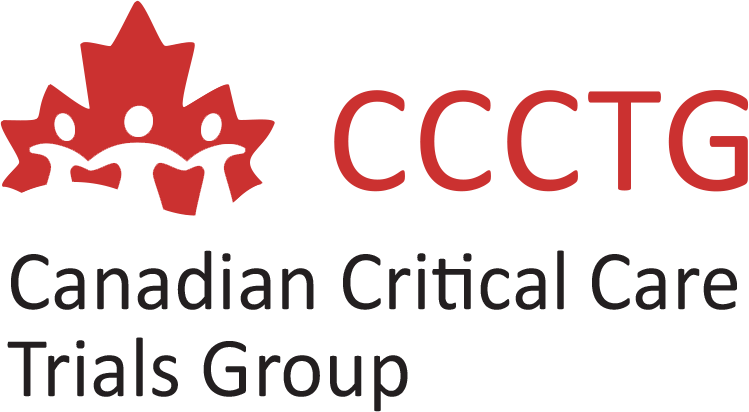Use of activated CHARcoal in Poisoned Patients (CHARPP)
BACKGROUND
Activated charcoal (AC) is one of the interventions more frequently recommended by poison centers. For instance, in 2020, 32,646 poisoned patients were treated with AC in the United States. This decontamination method has the potential to prevent toxicity and to decrease its severity, but its use is associated with adverse effects and has a poor palatability. Therefore, we developed a research program named CHARPP (activated CHARcoal in Poisoned Patients) aiming to describe the risks and benefits associated with the use of AC. The Clinical Toxicology Recommendations Collaborative (CTRC) already published a systematic review and is currently working on recommendations of use. The first phase of our research program included: a retrospective study and a validation of the Poison Severity Score. The last phase includes a randomized controlled trial (RCT) preceded by a feasibility study in adults and children to compare outcomes in patients who received AC as per the CTRC recommendations vs those who did not.
OBJECTIVES
This concerns the CHARPP RCT feasibility study which aims to evaluate the possibility of conducting a large multicenter RCT comparing outcomes between poisoned patients who received AC as per the CTRC recommendations and who received AC as per current practice. The targeted primary outcomes includes: 1) recruitment success (100 patients total at the two poison centers associated with academic hospitals and greater than one patient enrolled/hospital/month), 2) protocol adherence (at least 95% of the patient randomized in the CTRC recommendations group received AC in less than two hours after group allocation if AC was recommended or did not received it if it was not recommended) and, 3) lost to follow-up (less than 5%). As secondary outcomes, progression of toxicity measured by the Poison Severity Score (and the SOFA score for adults or PELODS score for children), mortality, length of stay in the intensive care unit and hospital, duration of mechanical ventilation, functional outcomes and adverse events will also be described for both groups.
METHODS
This randomized concealed multicenter trial will take place in at least two poison centres and at least four Canadian academic hospitals including at least one pediatric center. Patients who presented to the hospital less than 8h after the ingestion of a potentially toxic dose of a carbo-adsorbable substance will be included. Patients requiring or who will likely require another gastro-intestinal decontamination method, who have a contraindication to receive AC, or who ingested a substance with an entero-hepatic circulation requiring multi-dose AC will be excluded. Once the poison centre has identified an eligible patient, we will use a web-based system to perform a randomization in random blocks of two or four. The specialist in poison information will then refer either to the CTRC recommendations or to their current protocols for the use of AC. Co-interventions will be standardized as per the poison centre protocols. Follow up will be done every 8h by the poison centres who will also collect data regarding progression of toxicity and relevant outcomes. The research assistant who will extract data will be blinded to study allocation. Only a descriptive analysis will be done for the pilot trial. Data from paediatric patients will be analysed separately. A data and safety monitoring board independent from the study group will follow the results and approve or not the continuation of the study.
RELEVANCE
This will be an excellent opportunity to develop collaborations between poison centers and key actors who will be involved in a larger trial. The results of the research program CHARPP have the potential to influence policies, poison centers recommendations, clinicians' practices and to improve poisoned patients' outcomes.
